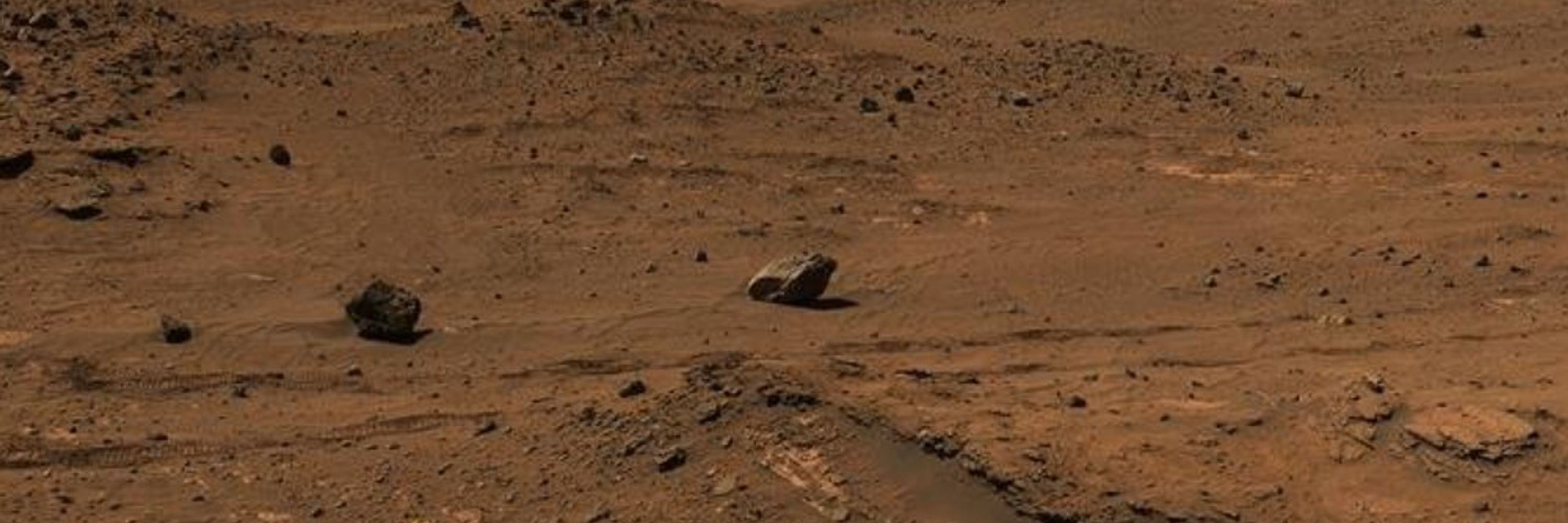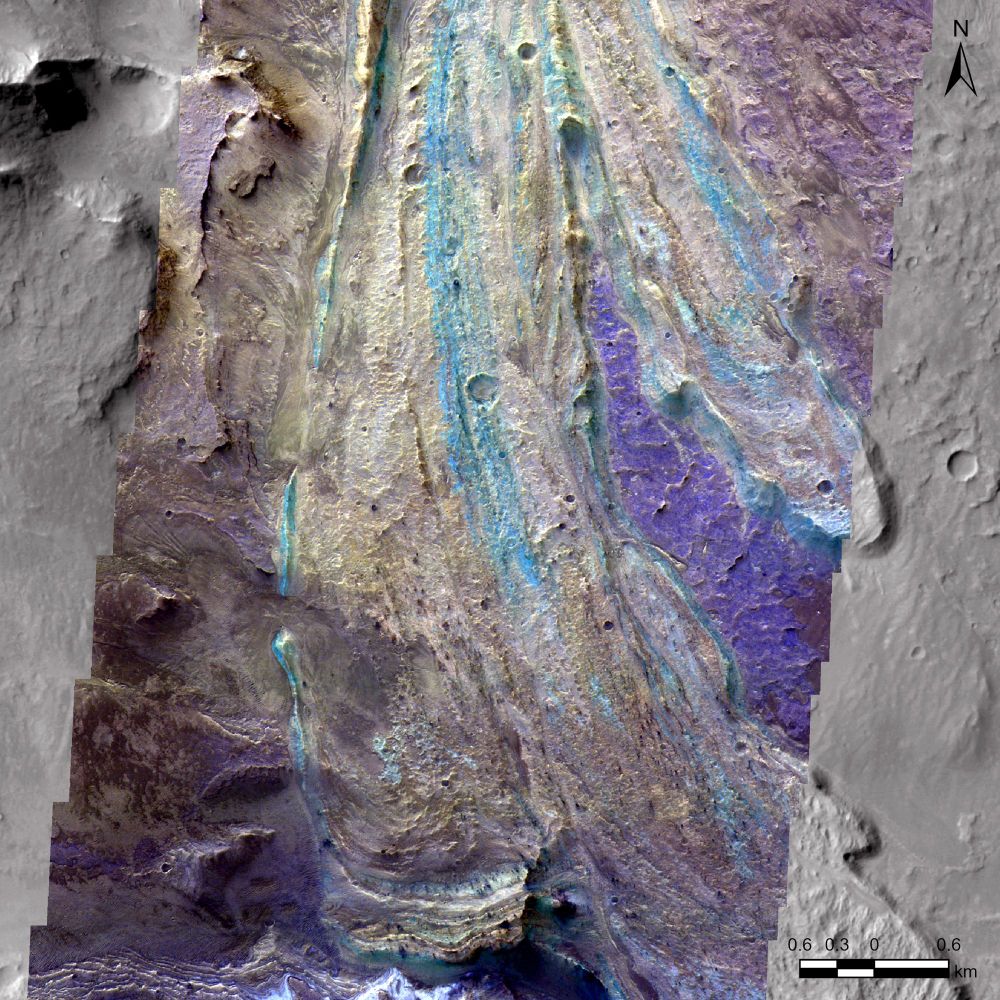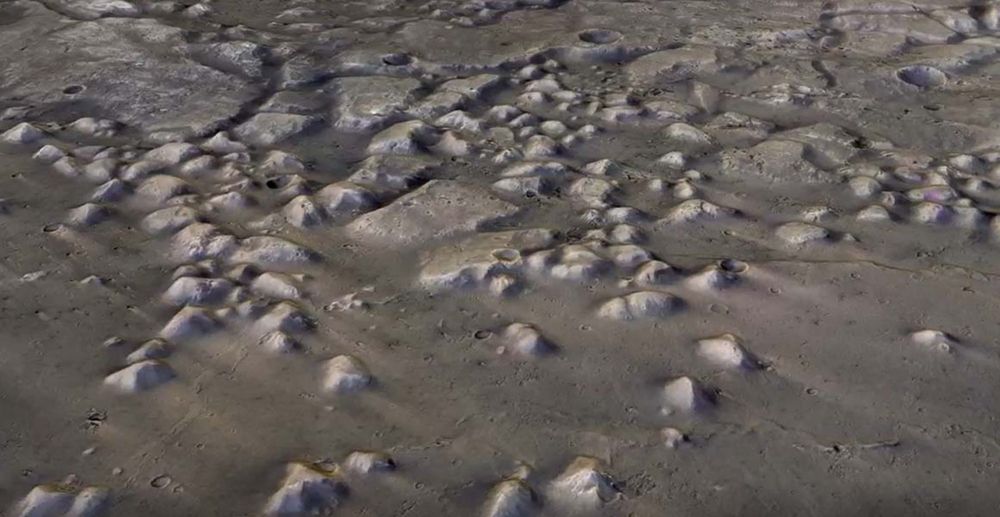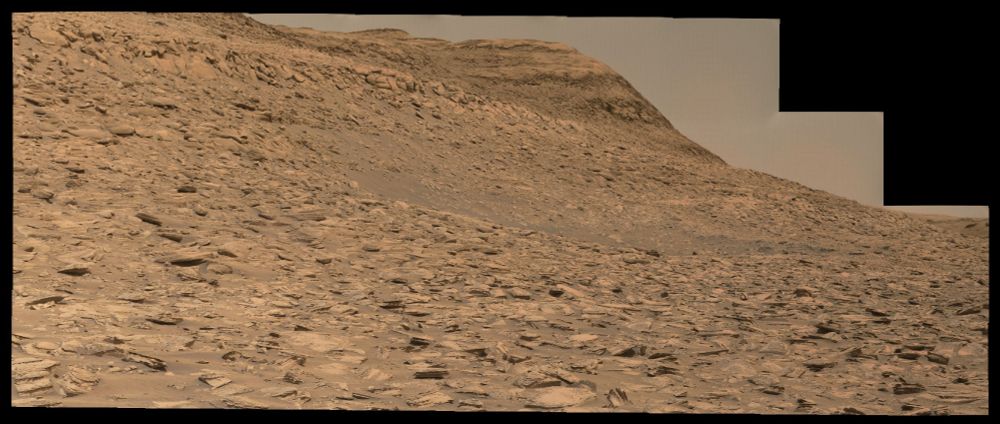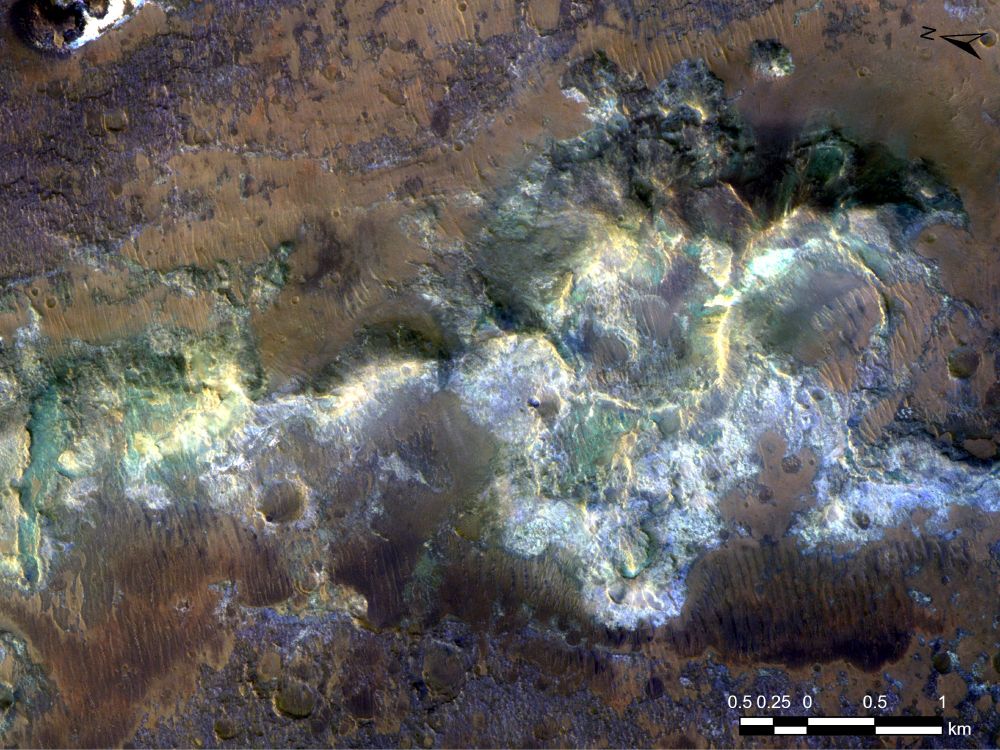Peter Grindrod
@petergrindrod.bsky.social
3.3K followers
220 following
72 posts
Research Leader in Meteoritics & Planetary Science @NHM_London. Occasional cricket bat maker. he/him
Posts
Media
Videos
Starter Packs
Reposted by Peter Grindrod
Peter Grindrod
@petergrindrod.bsky.social
· Jan 27
Peter Grindrod
@petergrindrod.bsky.social
· Jan 22
Reposted by Peter Grindrod
Peter Grindrod
@petergrindrod.bsky.social
· Jan 13
